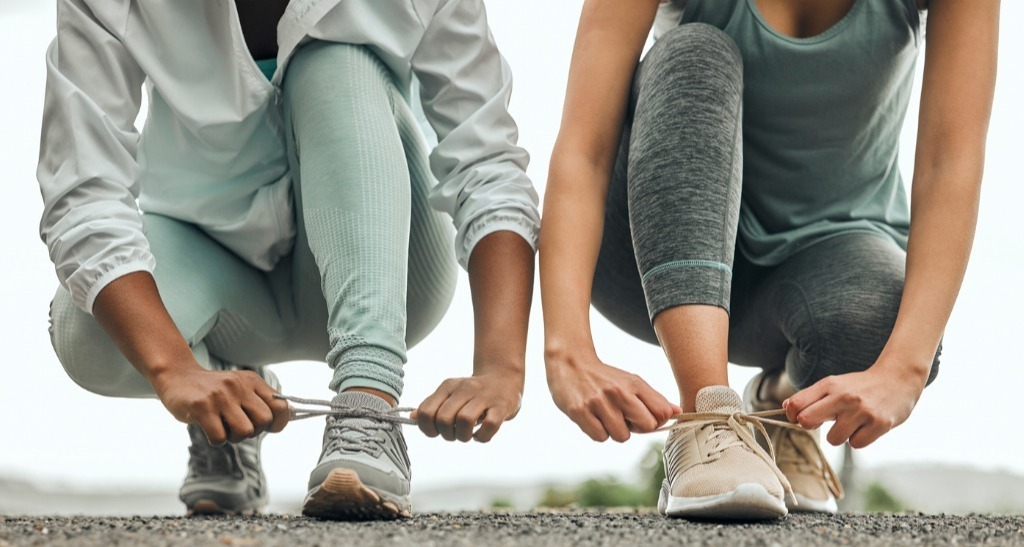Common Active Women's Injuries Treated

Sport-related afflictions and issues
Colorado is renowned for hosting one of the healthiest and most physically active populations in the United States. Consequently, the CU Women's Sports Medicine program operates with professionalism, tackling a wide range of sport-related afflictions and issues. Let's take a closer look at some of the challenges we commonly encounter and handle with expertise:
- Stress fractures: These overuse injuries, often seen in running activities, result in bone damage and require specialized attention.
- Osteoporosis: Premature thinning of the bones can make young and older women more susceptible to fractures. We provide comprehensive care to address this condition.
- Knee and hip pain in adolescent girls: Alignment issues of muscles, bones, and soft tissues can contribute to discomfort, especially in the front of the knee. Our experts are skilled in addressing these concerns.
- Scoliosis: Commonly occurring during adolescence, scoliosis refers to the curvature of the spine. Our team monitors this condition and provides appropriate recommendations, including the use of braces if necessary.
- ACL injuries: Girls and women are more prone to ACL injuries, which affect the major stabilizing ligament in the knee. We offer educational materials and preventive measures to minimize the risk of such injuries.
- Hand, wrist, and elbow injuries: Depending on the sport or activity, injuries like tennis elbow, golfer's elbow, and carpal tunnel syndrome are frequently observed. We provide instruction on prevention and treatment of these overuse injuries.
- Shoulder pain: Loose ligaments in girls and women can make them susceptible to shoulder injuries. Our rehabilitation programs help re-educate the muscles surrounding the shoulder and compensate for lax ligaments.
- Running injuries: The anatomical differences in hip bones and alignment increase the likelihood of knee and shin pain, as well as foot and ankle discomfort in girls and women. Our focus on alignment allows us to effectively treat these injuries.
- Low back pain: Girls and women engaged in certain sports or activities are prone to developing low back pain. By addressing sport mechanics, athlete posture, and strength and conditioning, we diagnose and treat these conditions effectively.
- Menstrual disturbance/amenorrhea: Regular menstrual periods are crucial for girls and women, as they directly impact bone health. Our guidance emphasizes the significance of balanced exercise and nutrition to maintain regular menstrual cycles.
- Disordered eating: We provide education and raise awareness about the consequences of disordered eating habits, such as avoiding certain foods or resorting to laxatives and diuretics for weight control in sports or personal contexts.
At the CU Women's Sports Medicine program, our dedication lies in addressing these issues with professionalism and ensuring the well-being and performance of active girls and women.